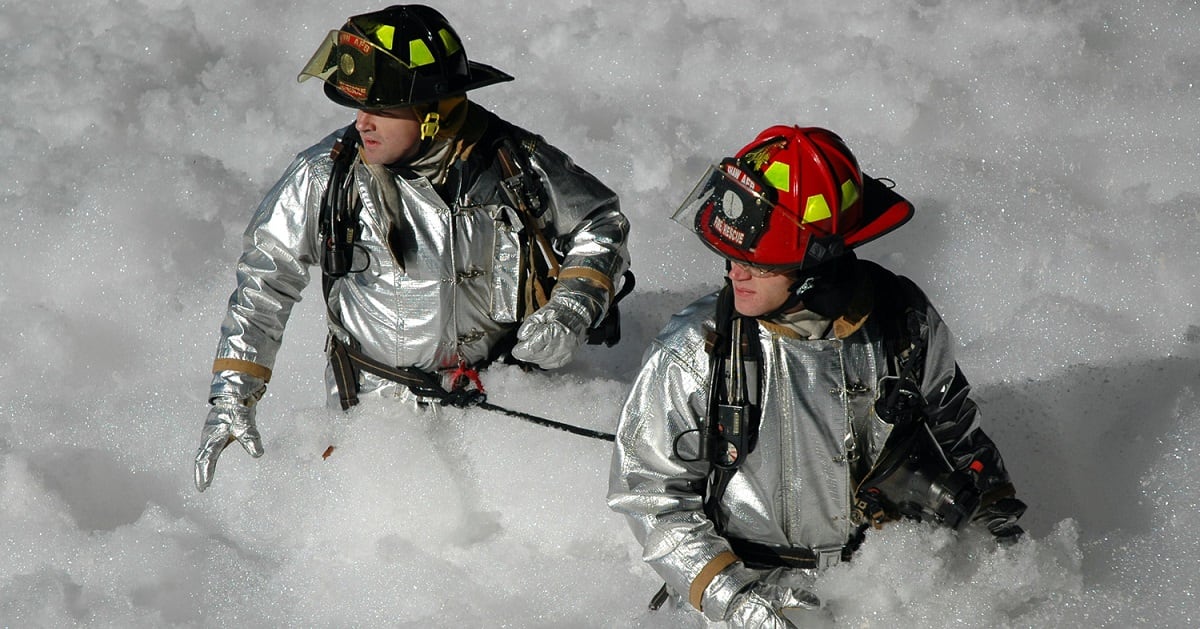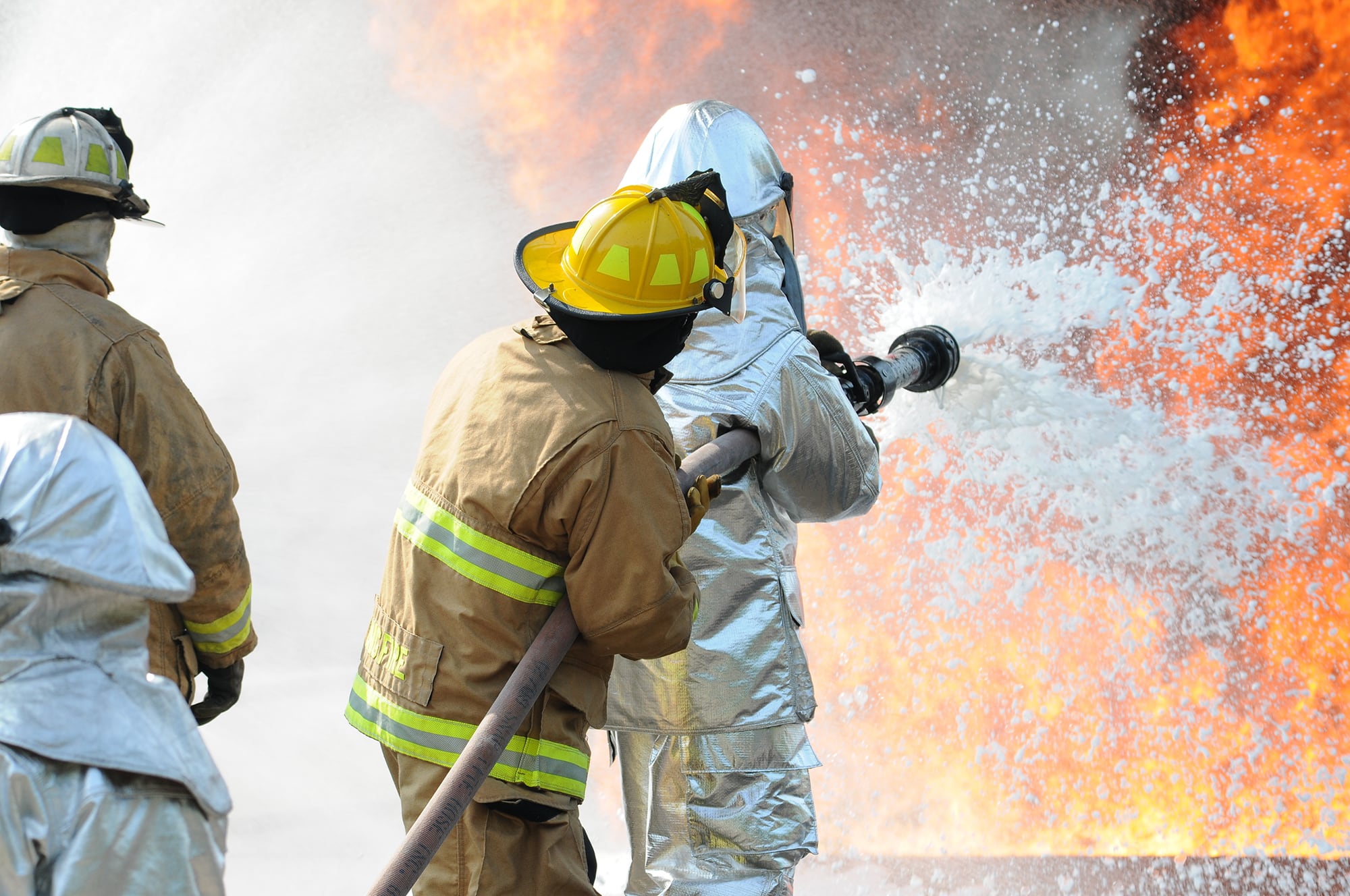The Defense Department is working its way through a massive list of installations that are or might be contaminated with chemicals linked to cancer, but it will be years before they have a full grasp on the scope of the issue, and decades before they’re able to clean it all up, an official told lawmakers Wednesday.
It’s not just that there is so much to clean up, the deputy assistant defense secretary for environment and energy resilience said during a House Appropriations Committee hearing. It’s that technology is still trying to catch up to the task.
“The rate of progress is defined primarily by the rules that govern our physical world. Physics, chemistry, science,” Richard Kidd said in his prepared remarks. “Based on what we know today — and known technology ― frankly, it will be years before we fully define the scope of the problem and with that definition can reflect it in our budget request, and after that, probably decades before cleanup is complete.”
The Pentagon’s PFAS task force, which is studying and making recommendations about cleanup of per- and polyfluoroalkyl substances, knows of 698 installations that are or could potentially be contaminated, Kidd said.
Of those, 129 have completed a preliminary assessment; 66 require “no further action,” he said, while another 66 are under further investigation and will possibly need to be cleaned up.
The issue hinges mostly on whether PFAS, a component of aqueous film-forming foam that the military uses for firefighting, has infiltrated water sources on and around military bases, where it would cause the most risk to people. Cleanup is prioritized by the volume of contamination and the risk it poses to people living nearby.
The expectation, Kidd said, is that DoD will complete all of its assessments by the end of 2023, then get on with the business of deciding how to remediate contamination.
In the meantime, there have been several mitigation measures. Cleanup has been an ongoing effort since the 1980s, and it’s been years since firefighting foam has been used in training, where the bulk of the chemicals were expended previously.
“We are confident that no one is drinking water with PFOS or PFOA above [the Environmental Protection Agency’s] lifetime health advisory of 70 parts per trillion, where the Department of Defense is the known source,” Kidd said, thanks to efforts to filter local water.
RELATED

The Air Force has already spent $685 million on cleanup efforts, according to Mark Correll, the deputy assistant Air Force secretary for environment, safety and infrastructure, and switched to a training firefighting foam that contains no perfluorooctanesulfonic acid and trace amounts of perfluorooctanoic acid ― two of the most worrisome compounds in the PFAS family.
And when there is a real event, like an aircraft fire, he added, crews treat the use of PFAS-containing foam as a hazardous spill, taking precautions to prevent contamination from the start.
Still, Kidd said, the technology needed to efficiently do clean-up on a mass scale doesn’t yet exist. Research is ongoing, though, including a 2019 test of a system that promised to break down PFAS particles in water.
The other issue is choosing a replacement for the firefighting foam. DoD has not yet found something comparable, Kidd said.
And once an alternative is found, according to a PFAS task force report released last year it will cost $600 million to retrofit every DoD firefighting vehicle to be able to use a different foam.
The other option would be to replace the entire fleet of 3,000 vehicles, which would cost as much as $6 billion, the report found, taking up to 18 years to complete.
Commercial airports, civilian fire departments and others are all using AFFF, according to the report. That presents two issues If DoD finds a replacement: in places where military firefighters provide support to civilians, like at some commercial airports, DoD might be using a different foam from their civilian counterparts; and, because civilian firefighting organizations have twice as many vehicles as DoD, they have to compete when it comes to securing a production line to replace everything.
There are also concerns about whether an alternative foam would be as effective.
“The Task Force is also evaluating the potential risks, including fatalities that would result from replacing AFFF with another material with lower performance standards,” according to the report. “Accepting a replacement that takes longer to extinguish a fire or allows for reignition of a fire would not only decrease the opportunity for life-saving activities, but also puts the lives of emergency responders at risk.”
Meghann Myers is the Pentagon bureau chief at Military Times. She covers operations, policy, personnel, leadership and other issues affecting service members.





